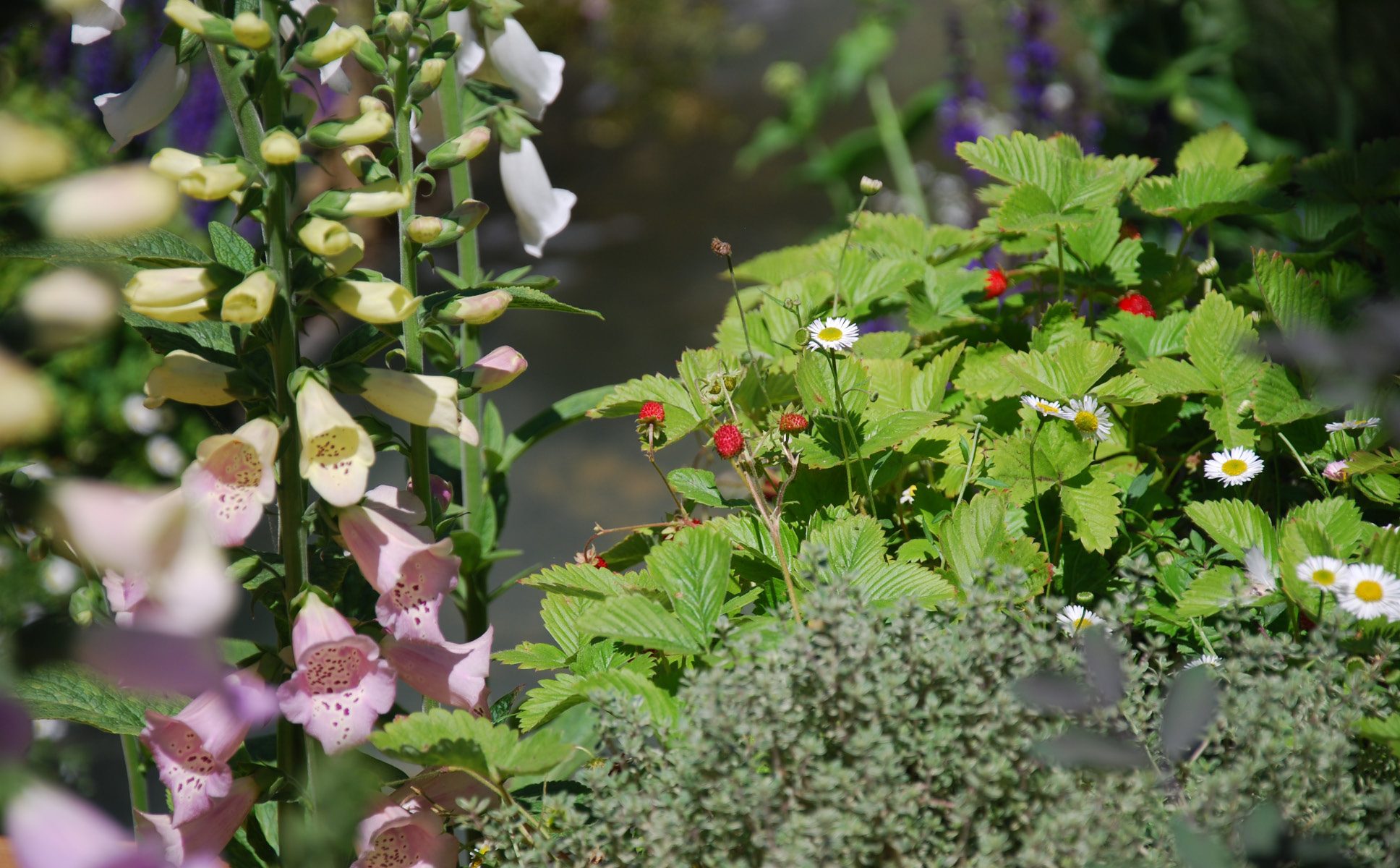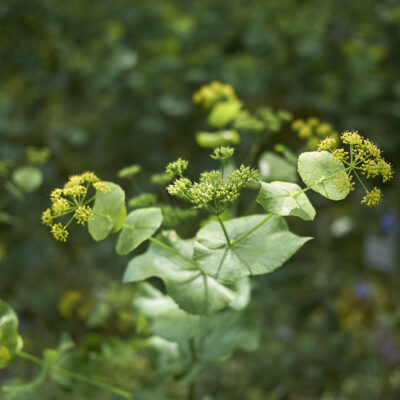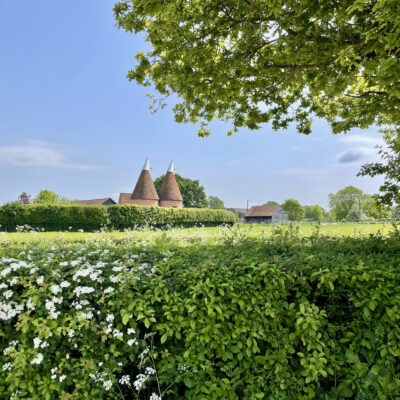Q: Where would you begin with the redesign of a small garden, with limited space?
A: Sharon Catt from Kibblewhite Gardens
• Initially it is sensible to make a scale drawing of the area marking anything that may influence the layout. This will include the overall dimensions of the space together with any changes of level and the possible location of a sitting out area.
• Note down the movement of the sun throughout the day and direction of prevailing wind as this will add to the basic information needed to work out a feasible plan.
• Consider the microclimate of your garden, your site could be fairly sheltered if you are surrounded by tall buildings on all sides. On the other hand these could create excessively shady conditions, all of which needs to be considered when selecting your choice of plants.
• Space permitting you may feel inclined to try some specialized or experimental planting which is one of the attractions of a small garden.
Q: What advice would you give towards keeping your lawn in optimum condition during the dry summer months?
A: Bonnie Lamont from Lamont & Lawrence
• During the hot summer months, reduce cutting your lawn to every 7-10 days. Raise the level of cut on your mower. As a guide only a third of the grass should be removed. The longer blades of grass will provide shade and help retain moisture around the root system of the grass.
• Minimise watering and fertilizing, as over-watered lawns tend to have a shallow rooting system which will cause greater stress to the grass during dry periods of weather. Stop fertilizing until the weather changes.
• Although this suggestion will not be for everyone, an alternative to the traditional lawn is to replace it with low-growing, drought-tolerant ornamental grasses such as the Carex species, commonly known as sedge grass. There are several low-growing varieties such as C. praegracilis, C. uncifolia and C. glauca. Although slow to establish, in time they will form an attractive low maintenance alternative which is hard-wearing. However, a root barrier is necessary around the edge of the proposed grassed area, as its roots ‘run’ and, if planted next to a border, the grass will take over !
• Low ground cover plants such as thyme, chamomile and sedum can look very pretty and provide a wonderful attraction for bees and other insects as an alternative to a small area of lawn that does not have too much foot traffic, although it’s not really suitable for children!
Q: How would you tackle the design of a garden on an awkward/sloped incline?
A: Laura Anstiss from Openview Landscape Design Ltd.
• You can create terraces with timber decking and wooden walkways. With decking, extensive foundations aren’t needed as the whole structure is built above the slope rather than cutting into it.
• Plants absorb heavy downpours and the roots help to bind the soil on the slope together. Bare soil erodes fast during heavy rain. Soil that has been moved takes time to settle and some sinking will occur over a period of weeks or even months. It is unwise, therefore, to plant up newly created areas permanently until the soil has been allowed to settle. In such cases, it is better to plant annuals for the first year.
• Raised beds can also be used as retainers for banks, to create as much accessible gardening area as possible.
• The basic design principles for awkwardly sited gardens are the same as those for level gardens; with imaginative use, changes in level or the right combination of plants the most difficult of gardens can be transformed into something of style and beauty.
You may also like
Go with the Flow
Sue Whigham shares some valuable new-to-gardening advice I’m sure that by now we should be used to the rain but I’m not entirely sure that we are. We had a dry, sunny day the other day and how everybody’s mood...
Farm Fables
Jane Howard gets to the bottom of why so many ponds have disappeared across the High Weald I have a new passion, almost an obsession, it’s about ponds. And there’s a distinct possibility I might become a bit of a...
Hedge Issues
Sue Whigham takes a meander along nature’s verdant and vital corridors Recently the BBC’s Today programme carried a feature about England’s hedgerows which created a lot of interest among listeners. On the strength of that, Martha Kearney interviewed one of...

















